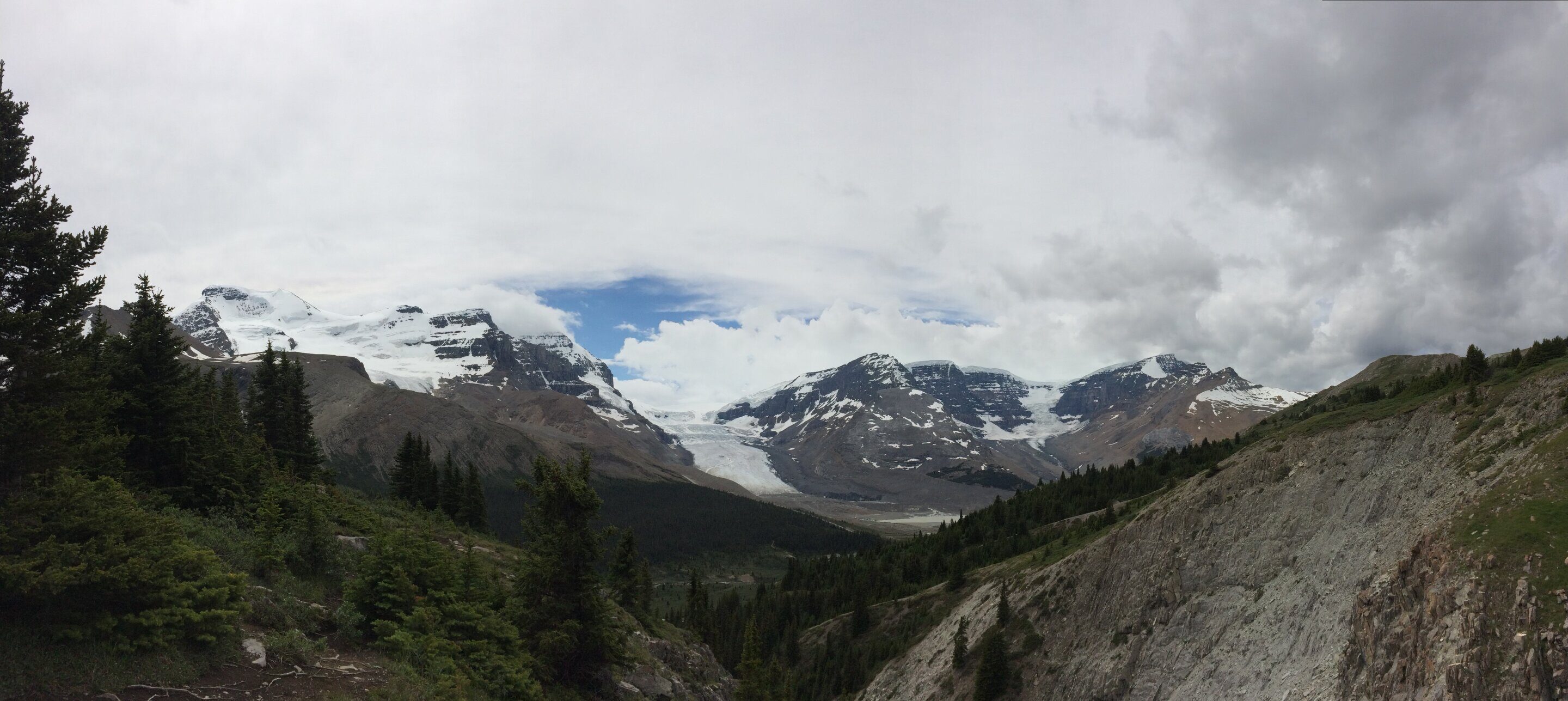Over the past several decades, scientists have been trying to pinpoint the time and place that humans first came to inhabit North America, as well as the manner of their arrival. Most in the community agree that the first humans to inhabit North America came from Eurasia, but when and how this happened is still debated. One theory suggests that people came down from near what is now the Bering Strait by walking along the IFC, a corridor formed by spaces between ice sheets. This journey would have taken them through what is now western Canada and down into what is now the Great Plains in the United States. Researchers have found evidence of people living in parts of western North America going back to 15,000 years ago. Thus, if they came down via the IFC, then the IFC must have existed at that time. In this new effort, the researchers tested this notion by dating boulders left behind by the ice sheets that once covered the IFC.
Comment: There's evidence to suggest that regions of the Americas were populated as early as 33,000 years ago, and other research suggests as far back as 100,000 years ago.
Cosmogenic nuclide surface exposure dating involves measuring the effect of cosmic rays penetrating an object, in this case, a boulder. When cosmic rays strike a boulder, they produce beryllium-10. Thus, to date a boulder's exposure to rays, the researchers measured the amount of beryllium-10. In this scenario, the researchers worked under the assumption that the rocks were hidden beneath hundreds of feet of ice prior to the opening of the IFC. Testing by the researchers showed the boulders to have been left behind by the ice sheets approximately 13,800 years ago, which suggests the IFC was not formed until that time. They conclude by suggesting their findings indicate that the first people to come to North America did so using boats along the coast, not by traveling the IFC.
More information: Jorie Clark et al, The age of the opening of the Ice-Free Corridor and implications for the peopling of the Americas, Proceedings of the National Academy of Sciences (2022). DOI: 10.1073/pnas.2118558119 Journal information: Proceedings of the National Academy of Sciences




Comment: Note that researchers are working on an assumption which could be skewing their results and conclusion:
- The Seven Destructive Earth Passes of Comet Venus
- Have humans been sailing the seas for a million years?
- Origins of the 30,000-year-old Venus of Willendorf solved
- Bones of 60 mammoths found near human-built traps in Mexico
- When Antarctica was a rainforest
And check out SOTT radio's: